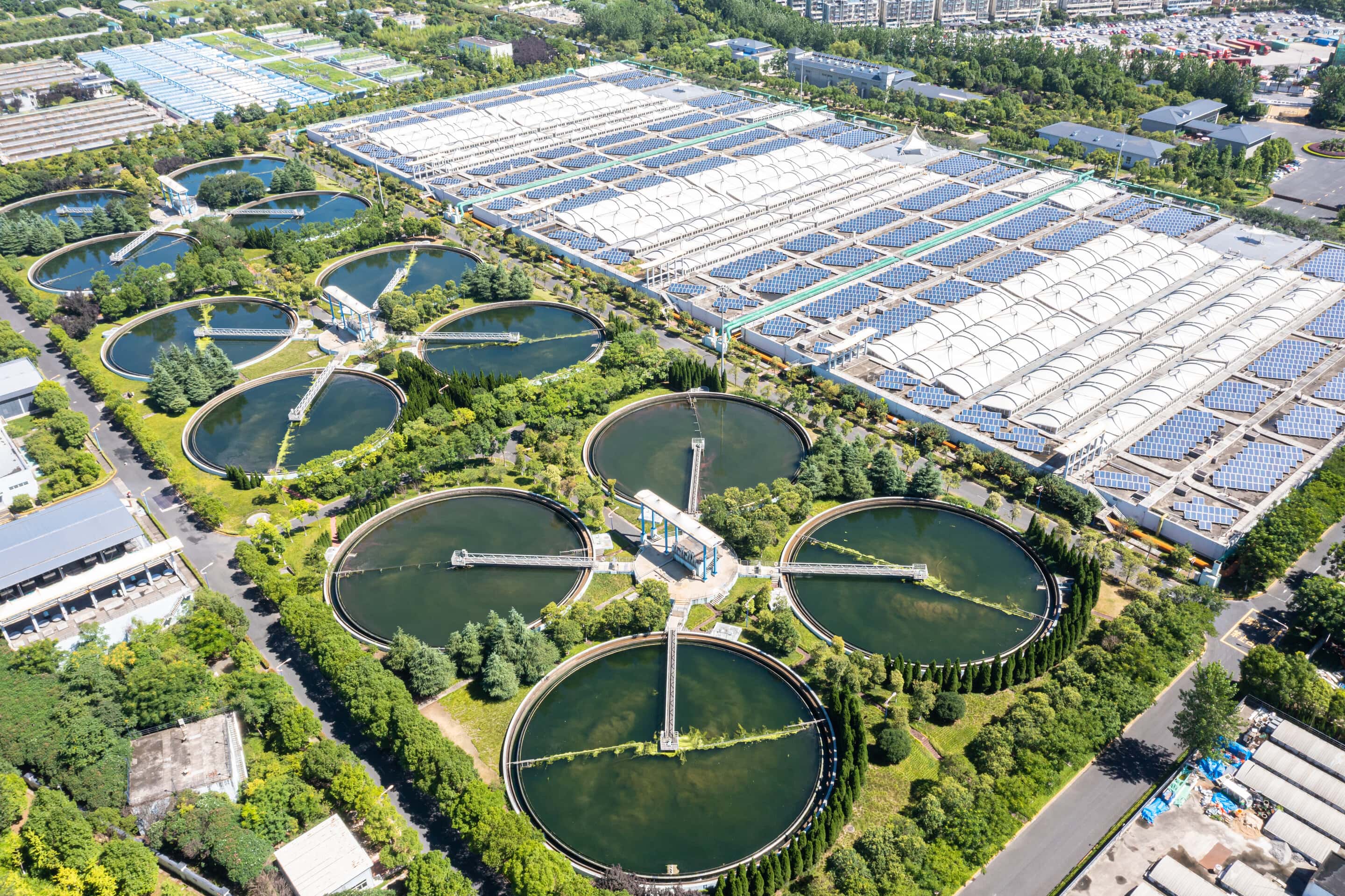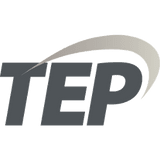
Tucson Electric Power’s (TEP’s) Springerville Generating Station (SGS) is 230 miles northeast of Tucson near the New Mexico border.
Here, TEP operates and maintains four generating units with approximately 365 staff. Units 1 and 2 serve TEP’s 424,000 customers in Tucson, unit 3 serves Tri State Generation and Transmission customers, and unit 4 is owned by the Salt River Project. Units 1 (commissioned in 1985) and 2 (online since 1990) can generate 387 MW and 406 MW, respectively, while unit 3, online since 2005, has a 415 MW capacity. Unit 4 added another 417 MW in 2009. Power generated here helps TEP keep the lights on for more than one million Tucson-area residents.
As they looked at its growing customer base, the TEP team saw the need to centralize the station’s data to improve operational efficiency, comply with environmental regulations, make things easier on employees, and reduce the amount of paper generated.

Data Access Challenge
“Our complex systems measure water, air quality, fuel, chemicals and more. Seeing trends at a moment’s notice is critical for efficiency. What stood out as we looked for options was Hach’s Water Information Management System (WIMS) software.” After beginning research on a solution to their data management challenges in October 2017, TEP was able to get WIMS up and running by July 2018. The system was fully implemented across all aspects of SGS by December 2018.

Partnership & Training Accelerate ROI
The TEP team points to its partnership with Hach as key to the success of the program. “There was a learning curve, and the support and training we got from the team at Hach was great,” said Bryan. “They showed us how to create log sheets and reports, and then we built our own, based on our users and our organizational needs. Whenever we had a question, it was easy to call the help desk for assistance; and the more we used the system, the easier it got.”
“Once we showed our operators how easy it was, they were relieved, and at ease. If they had tweaks, fixes, changes to make, they knew they could come to me and it would be quick and simple to make those modifications. When they realized ‘Hey, this is easier than we thought,’ they were more apt to enter the data. That, in turn, made it easier for us to work through errors and make sure the system was not just up and running, but tuned and customized. That gave us a quicker ROI and opened our eyes to other possibilities of what we can do with the system.”
Ultimately, it’s all about asset protection, reliability, lower costs, and environmental compliance. Each is a huge key business driver for us. Any tool we can use to meet those needs is important, and this is an incredibly powerful tool when used in the right way

WIMS in Action
With bulk chemicals purchased and used by the railroad carload, and consumable chemical budgets in the eight-figure range, anything TEP can track and trend more accurately helps the bottom line directly.
“Now, we have a fully functional WIMS program, and we’re learning more each day,” said Bryan. “We can do a lot more with it than we originally thought, and that’s a great thing for our efforts to improve operations, support our staff, and prepare for the future. There is so much we want and need to do with this system, and it gives us the tools to make those things happen.”
With 127 years of service to the people of Tucson, TEP continues to look ahead, investing in innovative, reliable new technologies. The TEP team in Springerville and across the entire enterprise, understands its key role in the growth and success of southern Arizona. Proactively tracking and using their data using WIMS is a significant part of the future for TEP and southern Arizona.

